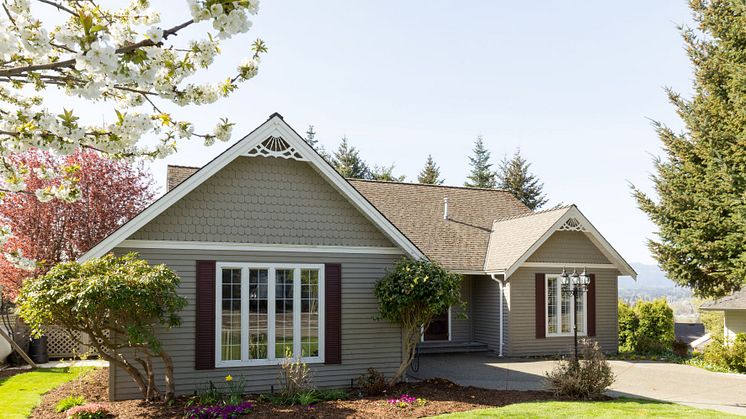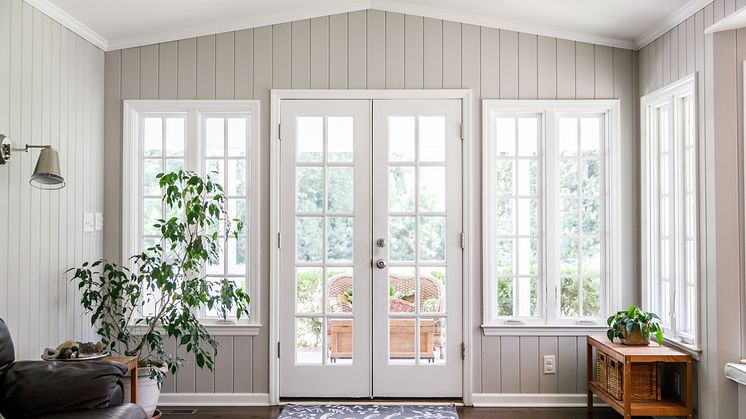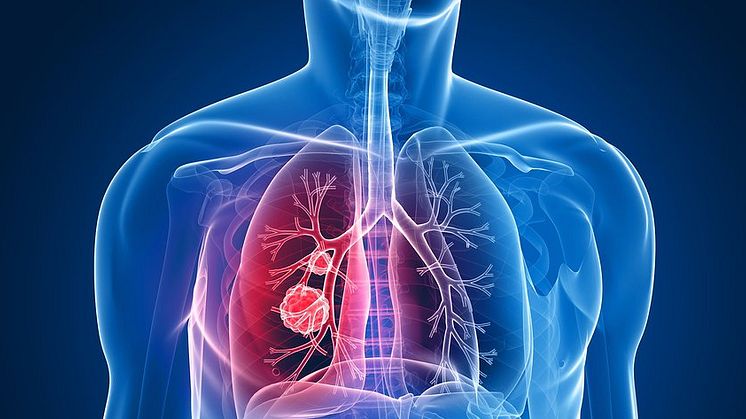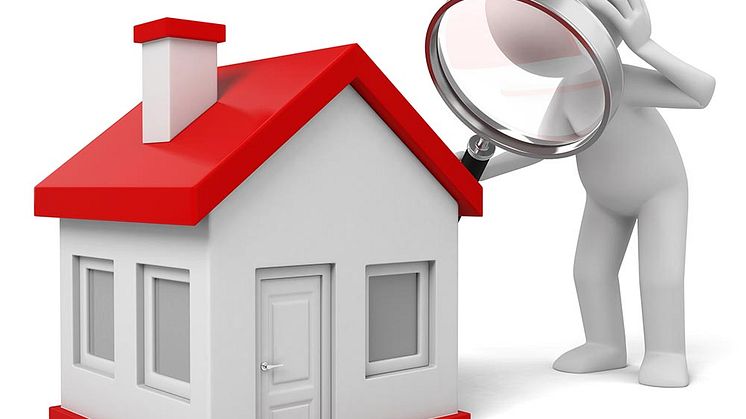
News -
Study shows substantial differences in radon levels between Canada and Sweden
An extensive study conducted at the University of Calgary and published in the scientific nature journal Scientific Reports, shows significant differences between Sweden and Canada in relation to radon levels in houses built in 1980 and later. A team of architects, radon experts and cancer researchers have found that the average radon gas levels in new homes is 467% higher in Canada than in Sweden. The study also highlights the link between lung cancer and high radon levels.
In the study, the researchers used AI to analyse long-term measurements from more than 25,000 Canadian and 38,000 Swedish residential homes built since World War II. The researchers chose to compare Canada with Sweden due to the similar climate and available data, which dates back decades.
While Swedish properties in the 1950s had higher radon levels compared to those in Canada, circumstances have changed dramatically over the years. In the 1970s and 1980s, Canadian and Swedish properties had comparable radon levels. However, since 1980, radon levels have risen dramatically in Canada while in Sweden they have fallen. The reasons for the change are complex and there is no single issue which is responsible for reducing or increasing radon in either of the countries. However, the study highlights that Sweden has extensive rules regarding ventilation and building, with detailed methodology available in regard to how to measure for radon.
Valuable measurement statistics enable comparison
“In this case, it is of course gratifying that Sweden is at the right end of the scale. At the same time, the study shows that radon measurement is crucial if we are to identify elevated radon levels. The fact that both Sweden and Canada have extensive measurement statistics that goes back decades is crucial and a prerequisite for the study. It also confirms that elevated radon levels can be found in both new and old homes. Even though the situation in Sweden is preferable, it is not uncommon to have elevated radon levels in new Swedish homes as well”, comments Tryggve Rönnqvist, radon expert at Radonova Laboratories and one of the report's co-authors.
While the study does not point to a specific factor, Swedish and Canadian building standards differ. New Swedish building standards tend to be broader and more quickly introduced than in Canada.
“In Sweden, it is notable that basements have become significantly less common in houses from the 1980s onwards, and district heating has become increasingly common. Basements are often a weak link in terms of radon content and different heating methods can have an impact on radon leakage, Tryggve Rönnqvist continues.
Strong correlation between lung cancer and exposure to radon
Inhalation of radioactive radon gas is the leading cause of lung cancer in non-smokers and is estimated to have caused approximately 88,000 Canadian lung cancer cases since 2001. The lung cancer rate in Canada is currently 163% higher than in Sweden, even though the smoking rate is comparable.
"Considering the 10 to 30 year latency period for lung cancer — the time between exposure and the detection of cancer — one plausible explanation for the disparity between Canadian and Swedish lung cancer incidence is differences in exposure to residential radon”, says Dr. Aaron Goodarzi, Canada Research Chair for Radiation Exposure Disease and Associate Professor at the Cumming School of Medicine at the University of Calgary. Aaron Goodarzi is also one of the co-authors of the report.
The study, published at www.nature.com, was written by Selim M. Khan, Dustin D. Pearson, Tryggve Rönnqvist, Markus E. Nielsen, Joshua M. Taron, and Aaron A. Goodarzi.











